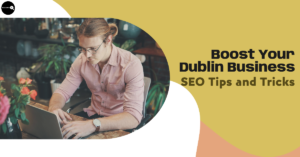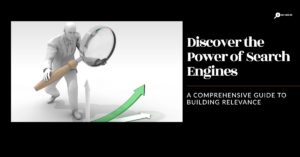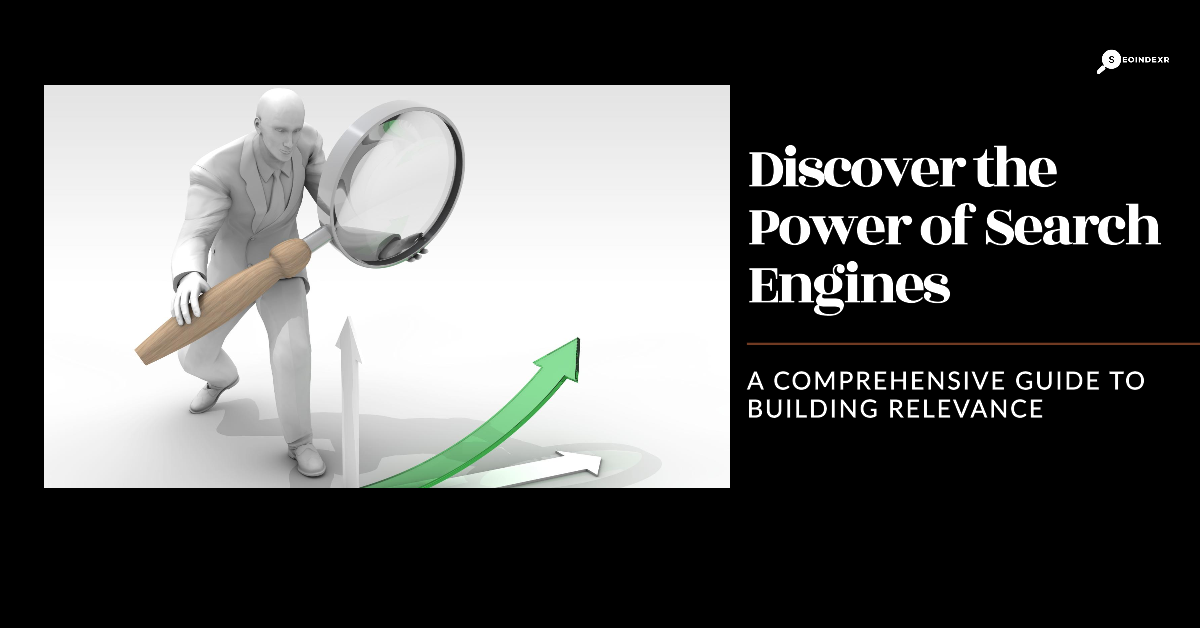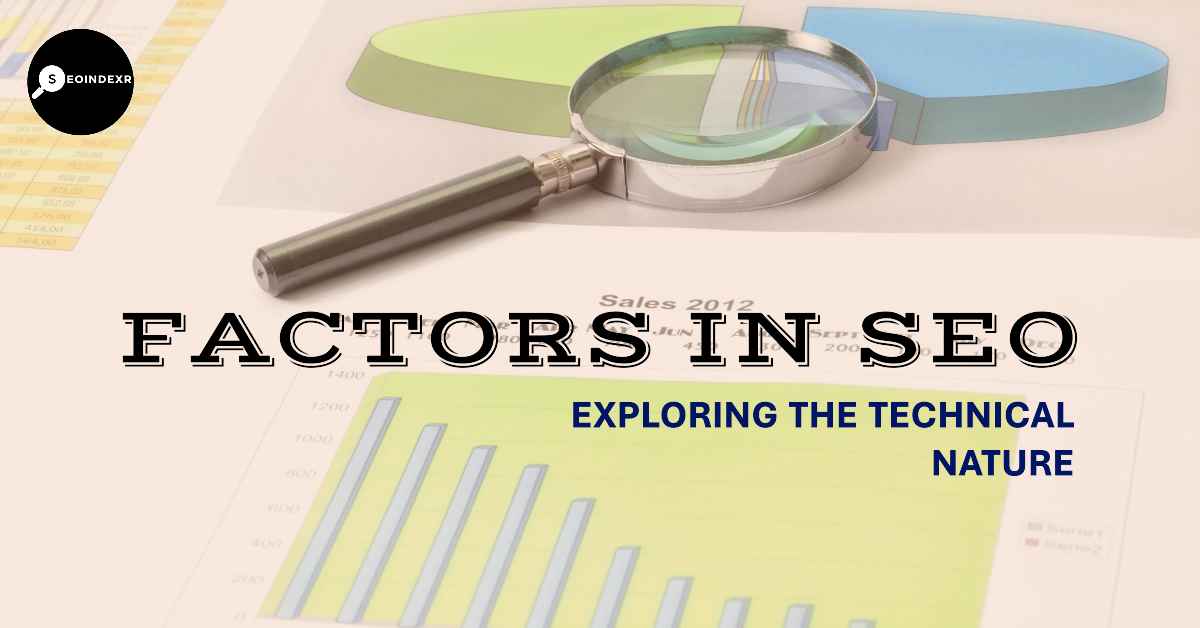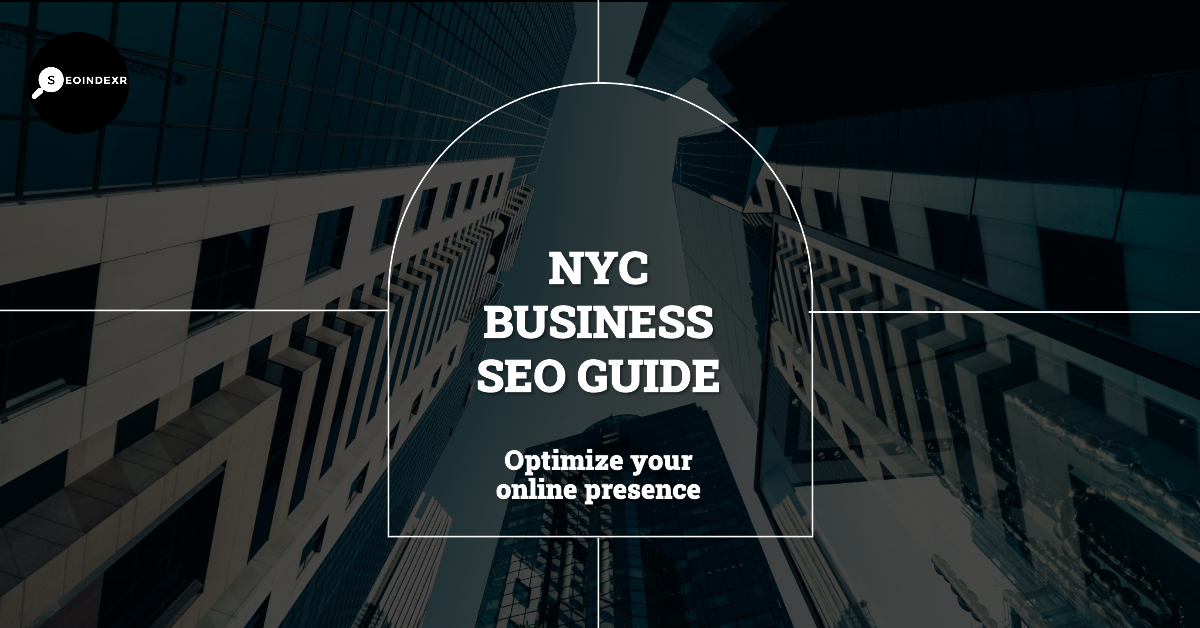Search Engine Optimization (SEO) is a crucial aspect of any successful online presence. It helps websites improve their visibility in search engine results and attract organic traffic. To embark on an effective SEO journey, it’s essential to understand the first step in the process. In this article, we will explore the initial stage of SEO and its significance in achieving digital marketing goals.
Table of Contents
Toggle1. Introduction
In today’s digital landscape, where competition is fierce, having a solid SEO strategy is imperative. By optimizing your website for search engines, you can increase your chances of appearing on the first page of search results, thereby driving more traffic to your site and ultimately generating leads or sales. However, SEO is a multifaceted practice that requires a systematic approach. Let’s delve into the first step you need to take to kickstart your SEO efforts.
2. Understanding Search Engine Optimization
2.1 What is SEO?
SEO stands for Search Engine Optimization. It encompasses a range of techniques and strategies aimed at improving a website’s visibility on search engine results pages (SERPs). The primary goal of SEO is to drive organic, high-quality traffic to a website, thereby increasing its chances of conversions.
2.2 Importance of SEO
SEO plays a pivotal role in the success of any online business. It helps websites rank higher on search engine result pages, making them more visible to potential visitors. Higher visibility leads to increased organic traffic, brand exposure, and revenue potential.
2.3 Benefits of SEO
Implementing effective SEO practices offers numerous benefits to website owners and businesses. These advantages include improved organic traffic, increased brand visibility, higher conversion rates, enhanced user experience, and a competitive edge in the online marketplace.
3. The First Step in Search Engine Optimization
The first step in search engine optimization involves conducting thorough keyword research. Keyword research is the foundation upon which successful SEO campaigns are built. By understanding the search terms people use when looking for information related to your business or industry, you can optimize your website’s content to match those queries.
3.1 Keyword Research
Keyword research entails identifying the keywords and phrases that are relevant to your target audience and align with your business objectives. This step involves analyzing search volumes, competition levels, and user intent associated with different keywords.
3.2 Importance of Keyword Research
Keyword research is crucial as it helps you understand the language your potential customers use to find products or services similar to what you offer. By targeting the right keywords, you can increase your chances of ranking higher in search results and attracting qualified traffic to your website.
3.3 Tools for Keyword Research
Several tools can assist you in conducting effective keyword research. Popular options include Google Keyword Planner, SEMrush, Moz Keyword Explorer, and Ahrefs. These tools provide insights into search volumes, competition levels, related keywords, and other metrics to aid in your keyword selection process.
4. Implementing On-Page Optimization
Once you have identified the relevant keywords for your website, the next step is to implement on-page optimization techniques. On-page optimization focuses on optimizing various elements on your website to make it more search engine friendly.
4.1 Title Tags and Meta Descriptions
Title tags and meta descriptions are HTML elements that provide concise information about the content of a web page. Optimizing these elements with targeted keywords can improve your website’s visibility and click-through rates in search results.
4.2 URL Structure
Creating search engine-friendly URLs is another essential aspect of on-page optimization. Short, descriptive URLs that include relevant keywords are easier for search engines to understand and index.
4.3 Heading Tags
Heading tags, such as H1, H2, H3, etc., help structure the content on your web pages. They not only make your content more readable for visitors but also provide cues to search engines about the importance of different sections within the page.
4.4 Image Optimization
Images are an integral part of web content. Optimizing images by using descriptive file names, alt tags, and compressing their size can improve website performance and enhance user experience. Additionally, optimized images can appear in image search results, driving additional traffic to your site.
5. Building High-Quality Backlinks
Backlinks are links from external websites that point to your website. They play a crucial role in search engine rankings and are considered a vote of confidence for your content’s credibility and relevance.
5.1 Importance of Backlinks
Backlinks are an essential ranking factor in search engine algorithms. High-quality backlinks from authoritative websites can significantly impact your website’s visibility and organic rankings. They also help search engines discover and index your content more efficiently.
5.2 Natural Link Building Strategies
Building high-quality backlinks requires a strategic approach. Natural link building strategies involve creating compelling and shareable content, reaching out to relevant websites for link opportunities, and fostering relationships with influencers or industry leaders.
5.3 Guest Blogging
Guest blogging is an effective way to acquire backlinks and showcase your expertise. By contributing valuable content to reputable websites in your industry, you can attract referral traffic, establish your brand as an authority, and gain valuable backlinks.
6. Creating Quality Content
Content is at the core of any successful SEO strategy. Creating informative, engaging, and shareable content not only attracts organic traffic but also encourages backlinks and social shares.
6.1 Importance of Content
Search engines prioritize high-quality content that provides value to users. Well-written, relevant content helps your website rank higher, establishes your brand’s expertise, and keeps visitors engaged.
6.2 Keyword Placement
Strategic keyword placement within your content helps search engines understand the context and relevance of your web pages. However, it’s crucial to use keywords naturally and avoid keyword stuffing, which can harm your rankings.
6.3 Engaging and Shareable Content
Creating content that resonates with your target audience and encourages sharing on social media can significantly amplify your online presence. Engaging content attracts more visitors, generates backlinks, and expands your brand reach.
7. Mobile Optimization
With the increasing use of mobile devices for browsing the web, optimizing your website for mobile users has become imperative.
7.1 Responsive Design
A responsive design ensures that your website adapts to different screen sizes and devices. This approach improves user experience and helps search engines recognize your site as mobile-friendly.
7.2 Mobile-Friendly Content
Optimizing your content for mobile users involves using shorter paragraphs, concise sentences, and easily scannable formats. Additionally, optimizing images and ensuring fast-loading times on mobile devices enhances the overall mobile experience.
8. Technical SEO
Technical SEO refers to the optimization of technical elements on your website that impact search engine crawling and indexing.
8.1 Site Speed Optimization
Website speed is a critical factor in user experience and SEO. Optimizing your site’s loading times by compressing images, minifying code, and utilizing caching techniques can significantly improve performance.
8.2 XML Sitemap
An XML sitemap is a file that lists all the pages on your website. Submitting it to search engines helps them discover and index your content more efficiently.
8.3 Robots.txt
The robots.txt file tells search engine crawlers which pages they should or shouldn’t crawl on your website. Properly configuring this file ensures that search engines focus on relevant pages and avoid crawling duplicate or sensitive content.
9. Monitoring and Analytics
Regularly monitoring your SEO efforts and analyzing relevant metrics is crucial to track progress and identify areas for improvement.
9.1 Google Analytics
Google Analytics is a powerful tool that provides valuable insights into your website’s performance. It tracks metrics such as organic traffic, user behavior, conversions, and more, helping you make data-driven decisions.
9.2 Key Metrics to Track
Some key metrics to monitor include organic traffic, keyword rankings, backlink profile, bounce rates, and conversion rates. By analyzing these metrics, you can refine your SEO strategies and achieve better results.
10. Conclusion
The first step in search engine optimization is conducting comprehensive keyword research. By understanding the search terms used by your target audience, you can optimize your website’s content and structure to align with their intent. Additionally, implementing on-page optimization techniques, building high-quality backlinks, creating engaging content, and focusing on mobile and technical optimization are vital for achieving SEO success. Remember to continuously monitor your efforts and adapt your strategies to stay ahead in the ever-evolving world of SEO.
11. FAQs
Q1. How long does it take to see results from SEO? A: The timeline for SEO results varies based on various factors such as competition, industry, and the effectiveness of your strategies. It usually takes several months to start seeing significant improvements in search engine rankings and organic traffic.
Q2. Is SEO a one-time process? A: No, SEO is an ongoing process. Search engine algorithms continuously evolve, and your competitors are constantly optimizing their websites. Regularly monitoring and updating your SEO strategies is essential to maintain and improve your rankings.
Q3. Can I do SEO on my own, or do I need to hire an expert? A: You can certainly learn and implement basic SEO practices on your own. However, SEO can be complex, and hiring an experienced SEO professional or agency can provide valuable expertise and save you time and effort in the long run.
Q4. Is it necessary to invest in paid advertising alongside SEO? A: While SEO focuses on organic traffic, paid advertising can complement your SEO efforts by providing immediate visibility and driving targeted traffic to your website. The decision to invest in paid advertising depends on your budget and marketing goals.
Q5. How do search engines determine rankings? A: Search engines use complex algorithms that consider various factors, including website relevance, content quality, backlink profile, user experience, and more. These algorithms aim to provide the most relevant and useful results to searchers.



